In the realm of fluid dynamics, the significance of efficient and reliable liquid transfer cannot be overstated. Whether in industrial settings, laboratories, or everyday applications, the need for precise and controllable fluid movement is paramount. Two crucial components in this domain are chemical liquid pumps and hand-operated fluid pumps, each offering unique advantages and applications.
Chemical liquid pumps, designed specifically for handling corrosive or hazardous substances, play a pivotal role in various industries such as chemical processing, pharmaceuticals, and wastewater treatment. These pumps are engineered with materials resistant to chemical corrosion, ensuring the safe and efficient transfer of liquids without contamination or degradation. Employing advanced mechanisms such as diaphragm, centrifugal, or peristaltic action, chemical liquid pumps provide precise control over flow rates and pressures, catering to diverse operational requirements.
On the other hand, hand-operated fluid pumps represent a versatile and portable solution for fluid transfer tasks where power sources are limited or inaccessible. Utilizing manual force, these pumps leverage simple yet effective mechanisms to move liquids with ease. Commonly found in small-scale operations, fieldwork, or emergency situations, hand-operated pumps offer convenience and reliability in scenarios where traditional powered pumps may be impractical or unavailable.
Despite their distinct functionalities, there exists a convergence between chemical liquid pumps and hand-operated fluid pumps, particularly in their applications within specialized environments. In instances where mobility is essential, hybrid designs integrating manual pumping mechanisms with chemical-resistant components have emerged, providing a compact and adaptable solution for fluid transfer tasks in confined spaces or remote locations.
Moreover, the evolution of pump technology has led to innovations aimed at enhancing the performance and versatility of both chemical liquid pumps and hand-operated fluid pumps. From the integration of smart sensors for real-time monitoring to the development of ergonomic designs for user comfort, ongoing research and development initiatives seek to address emerging challenges and optimize operational efficiency in fluid handling processes.
Furthermore, the importance of safety cannot be overlooked in the design and operation of chemical liquid pumps and hand-operated fluid pumps. Stringent regulations and industry standards dictate the implementation of robust safety features, including leak detection systems, pressure relief valves, and ergonomic handles to mitigate risks associated with chemical exposure, mechanical failure, or operator fatigue.
In conclusion, chemical liquid pumps and hand-operated fluid pumps represent indispensable tools in the domain of fluid transfer, catering to a wide range of industrial, commercial, and scientific applications. Their complementary functionalities, coupled with ongoing technological advancements, ensure continued reliability, efficiency, and safety in the handling of liquids across diverse sectors. As industries evolve and challenges arise, the continued innovation and integration of these pump technologies will play a crucial role in meeting the evolving demands of fluid dynamics in the modern world.
Innovations in pump design continue to drive progress, with a focus on enhancing efficiency and sustainability. Emerging trends include the integration of renewable energy sources such as solar or kinetic energy to power fluid transfer systems, reducing reliance on conventional power sources, and less environmental impact.
Additionally, advancements in materials science enable the development of more durable and resilient pump components, extending lifespan and reducing maintenance requirements. Nanotechnology, for instance, offers the potential to enhance the chemical resistance and mechanical strength of pump materials, further improving reliability in harsh operating conditions.
Furthermore, digitalization and automation are revolutionizing pump control and monitoring, enabling remote operation, predictive maintenance, and data-driven optimization. Smart pumps equipped with IoT connectivity and AI algorithms can analyze performance metrics in real time, allowing for proactive troubleshooting and resource allocation.
As the demand for precision, efficiency, and sustainability grows, the convergence of traditional pump technologies with emerging innovations promises to reshape the landscape of fluid handling systems, ushering in a new era of efficiency, safety, and environmental responsibility.

 English
English русский
русский Español
Español
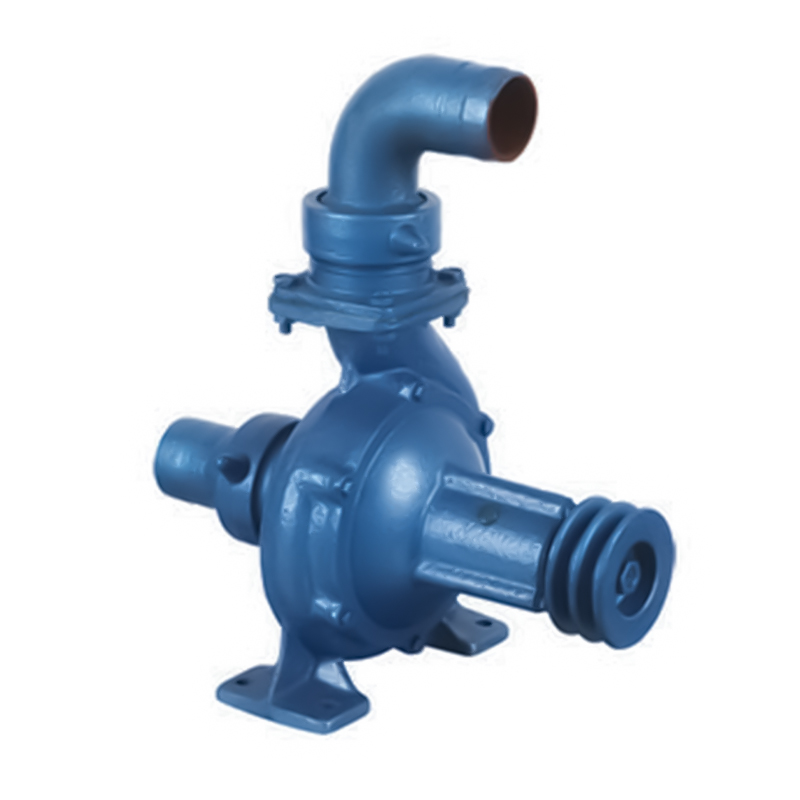
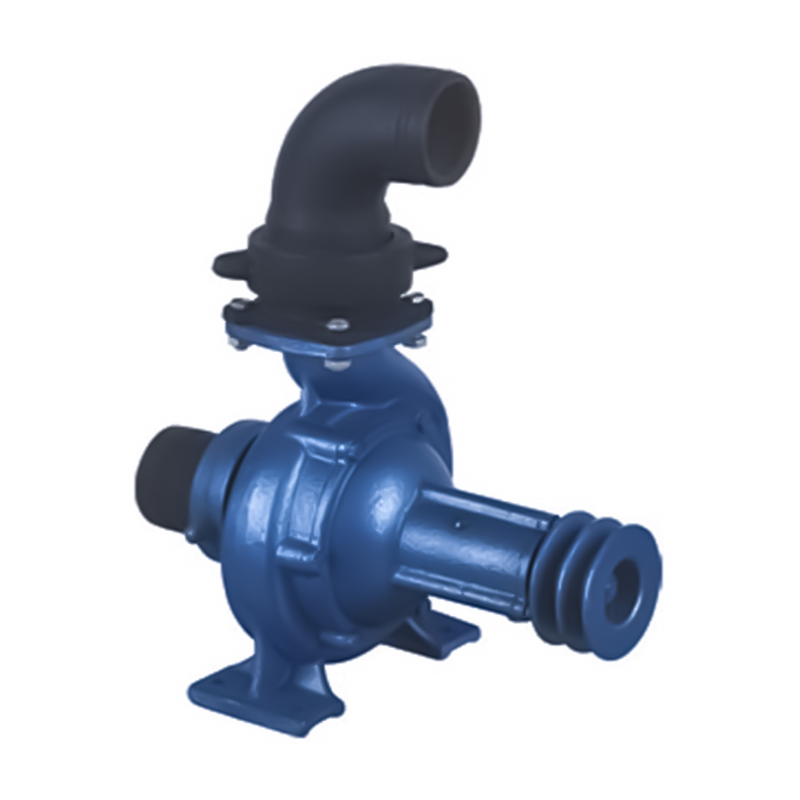

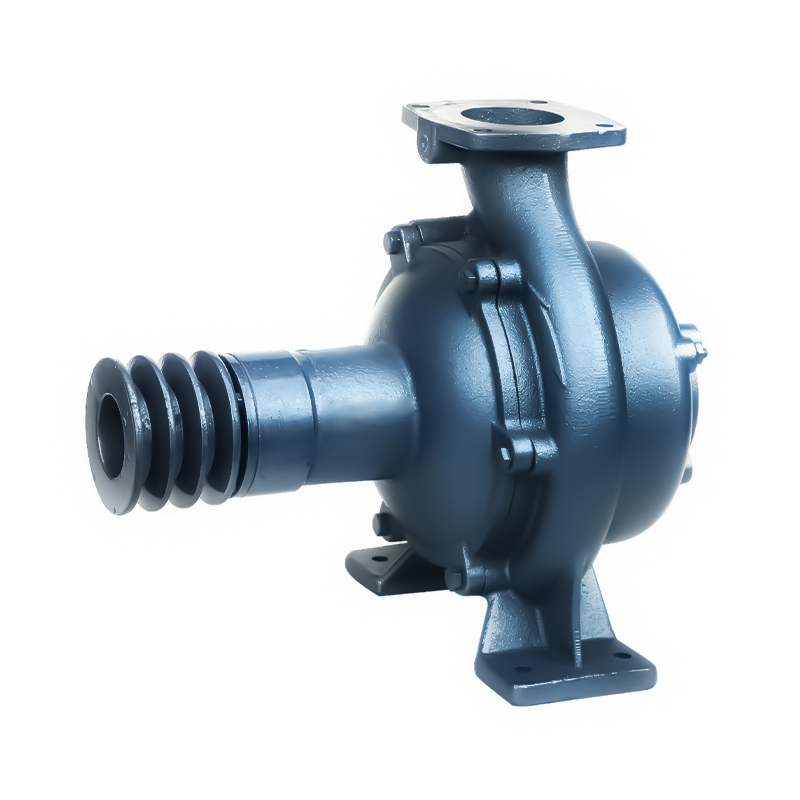
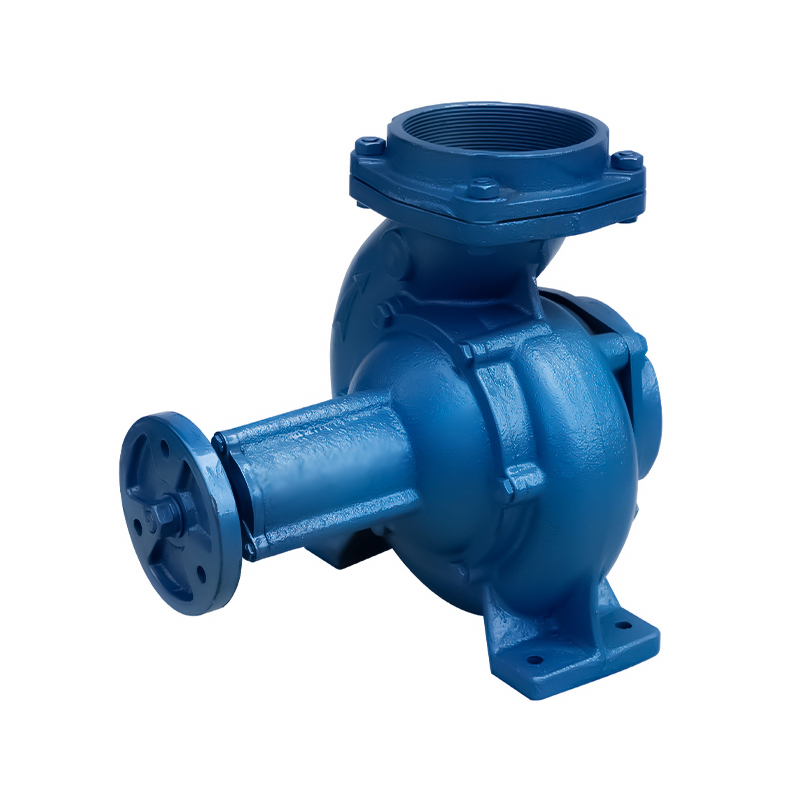
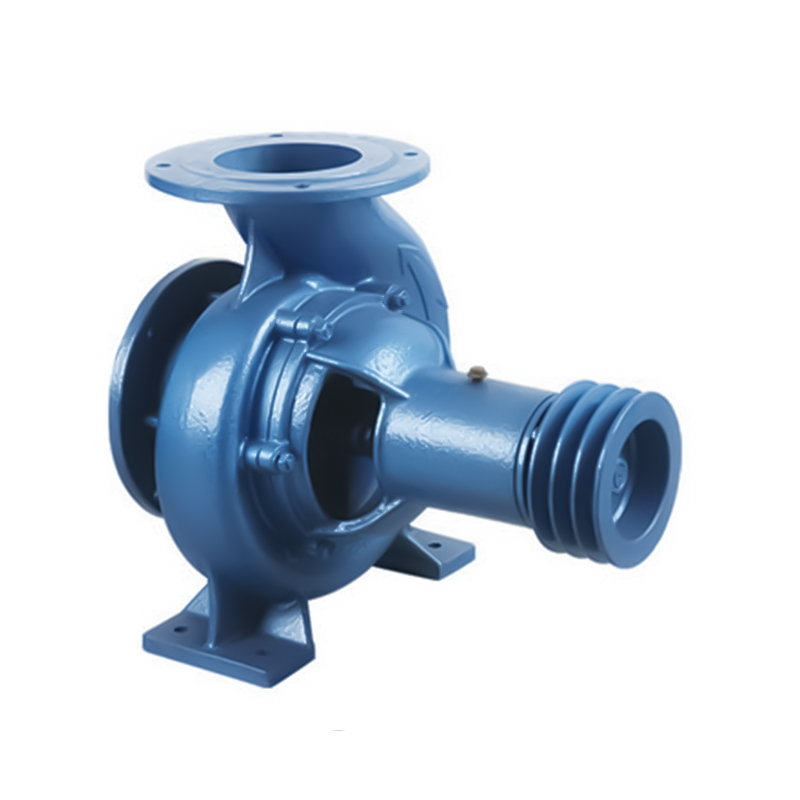
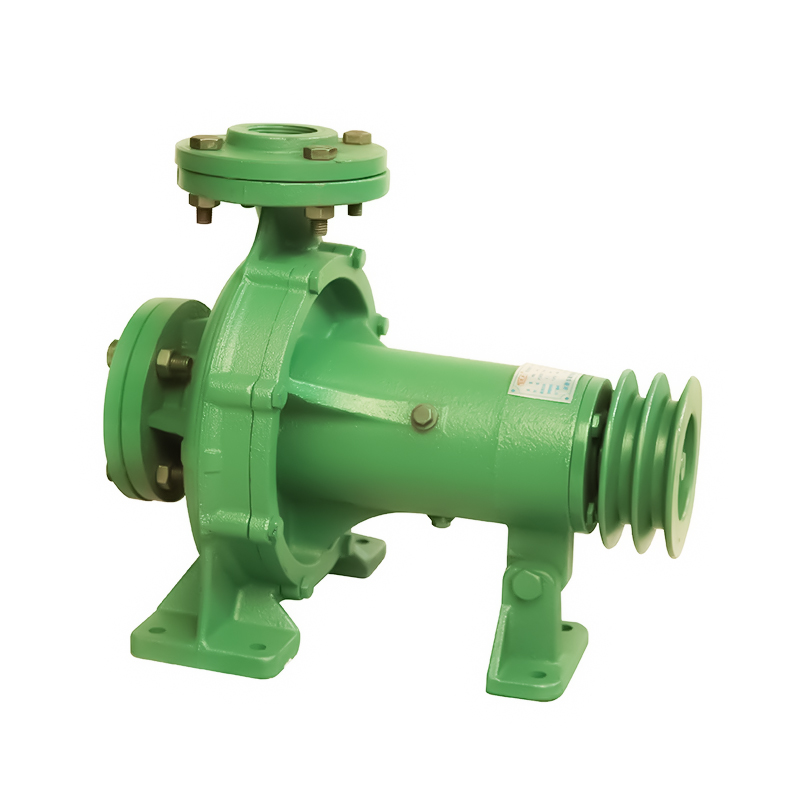

 Email:
Email:
 Phone:+86-13605899207
Phone:+86-13605899207

